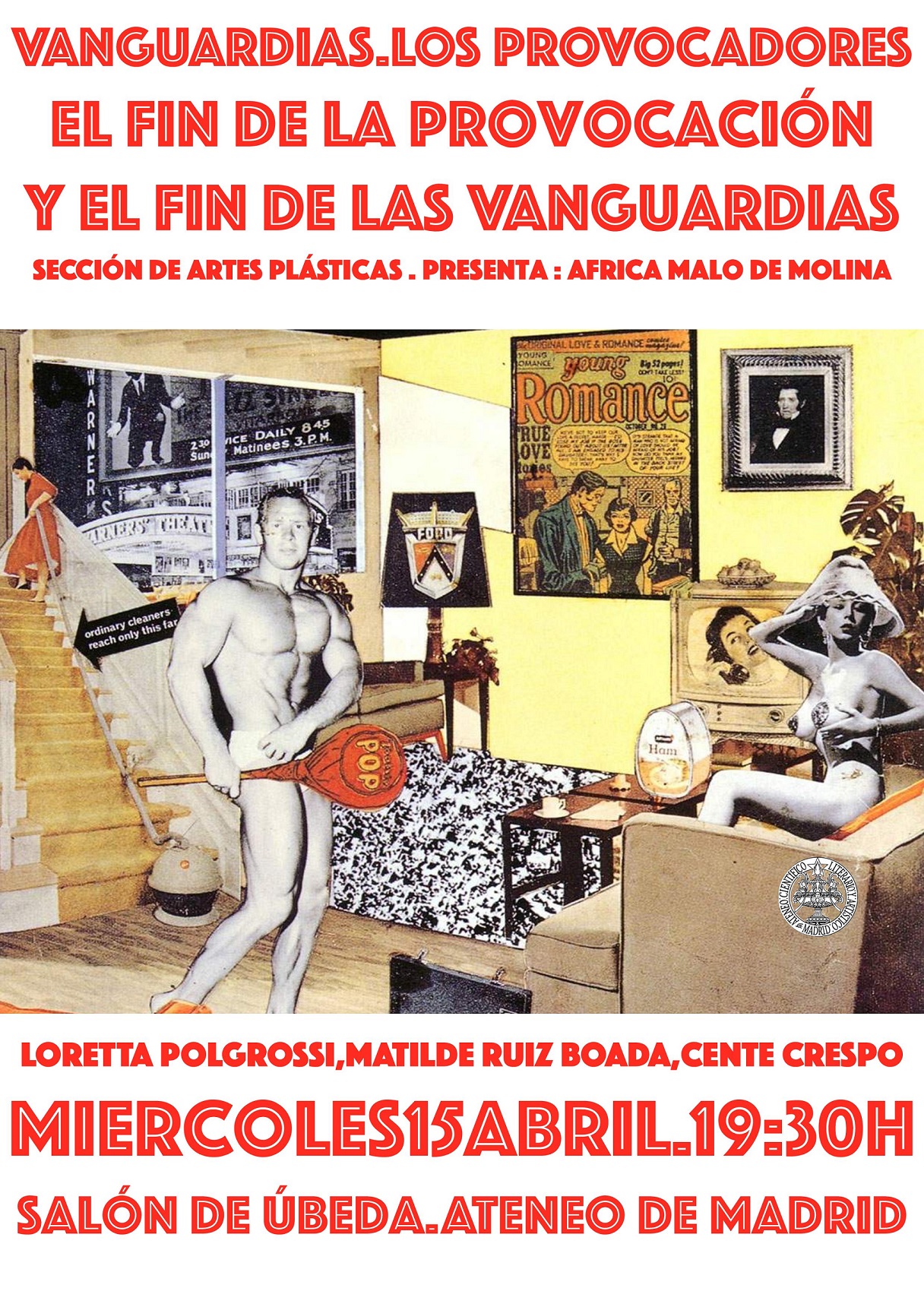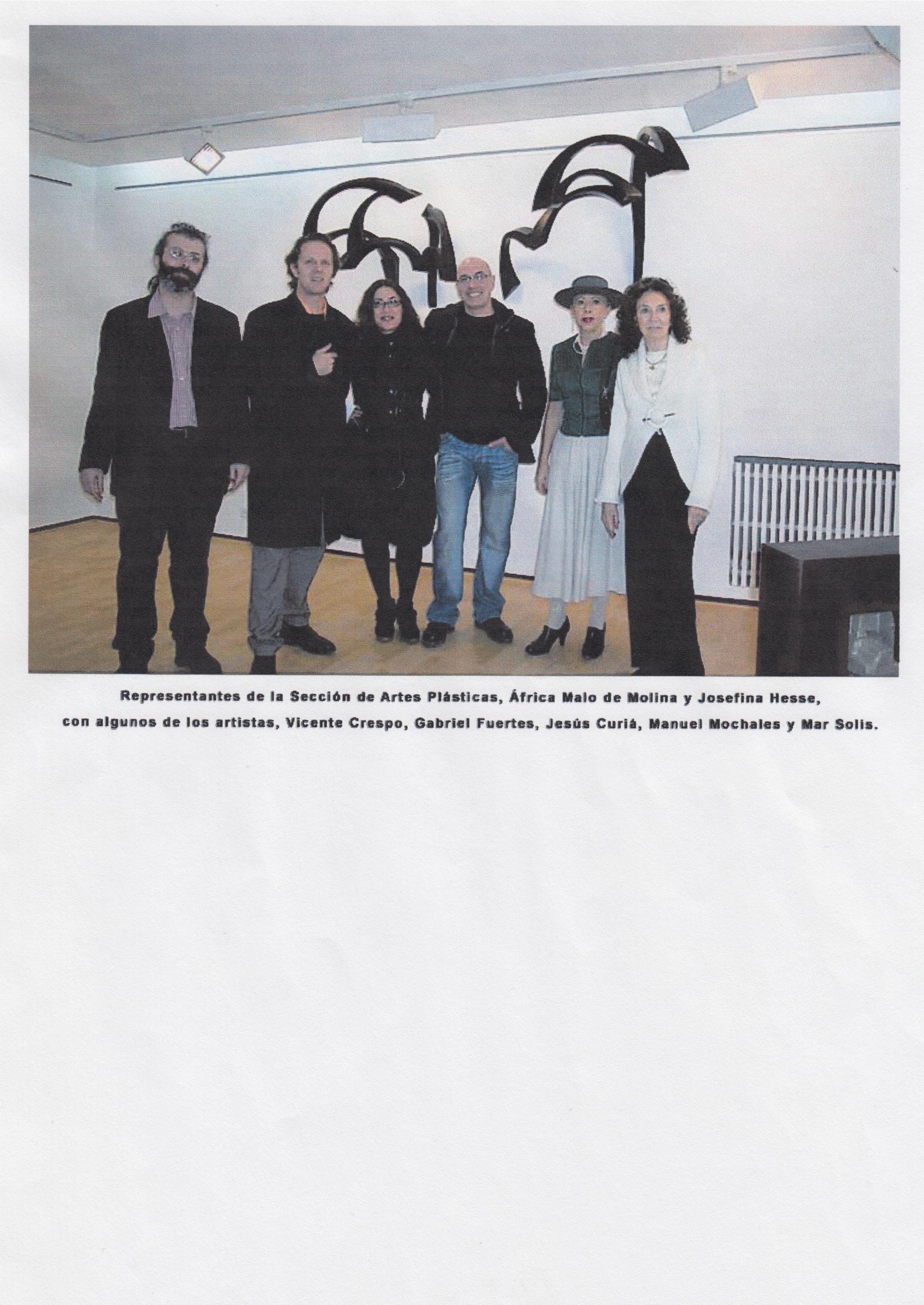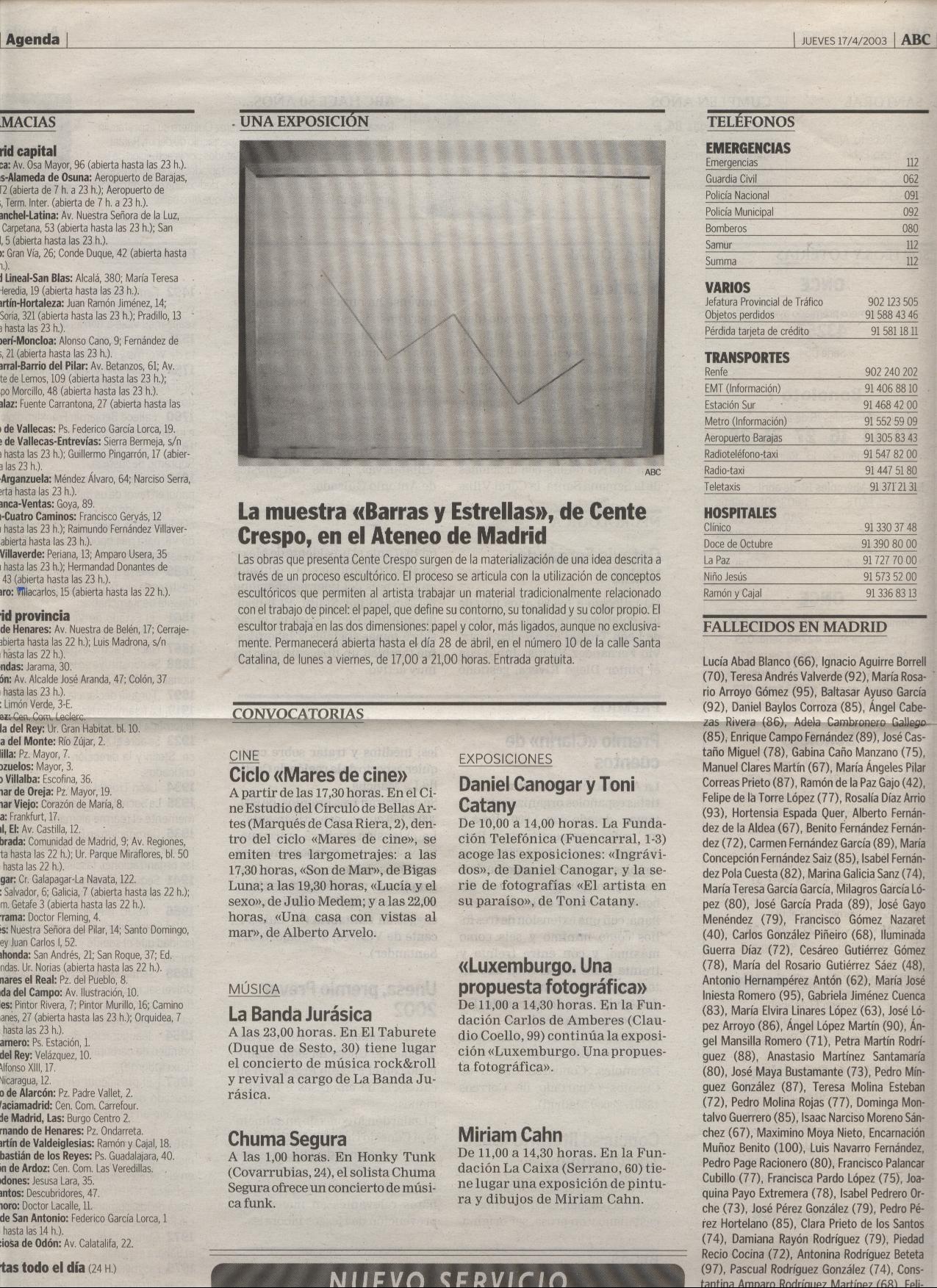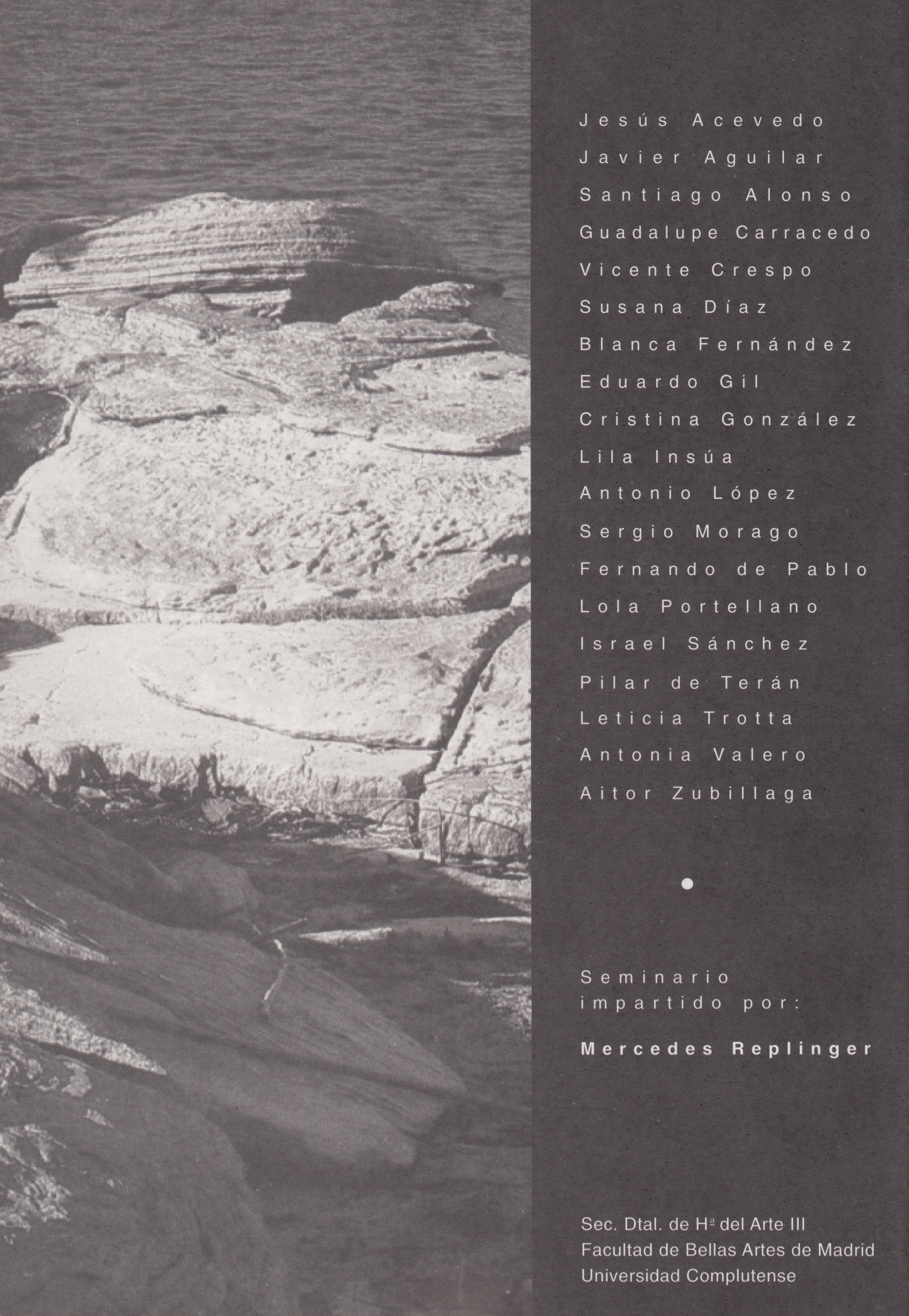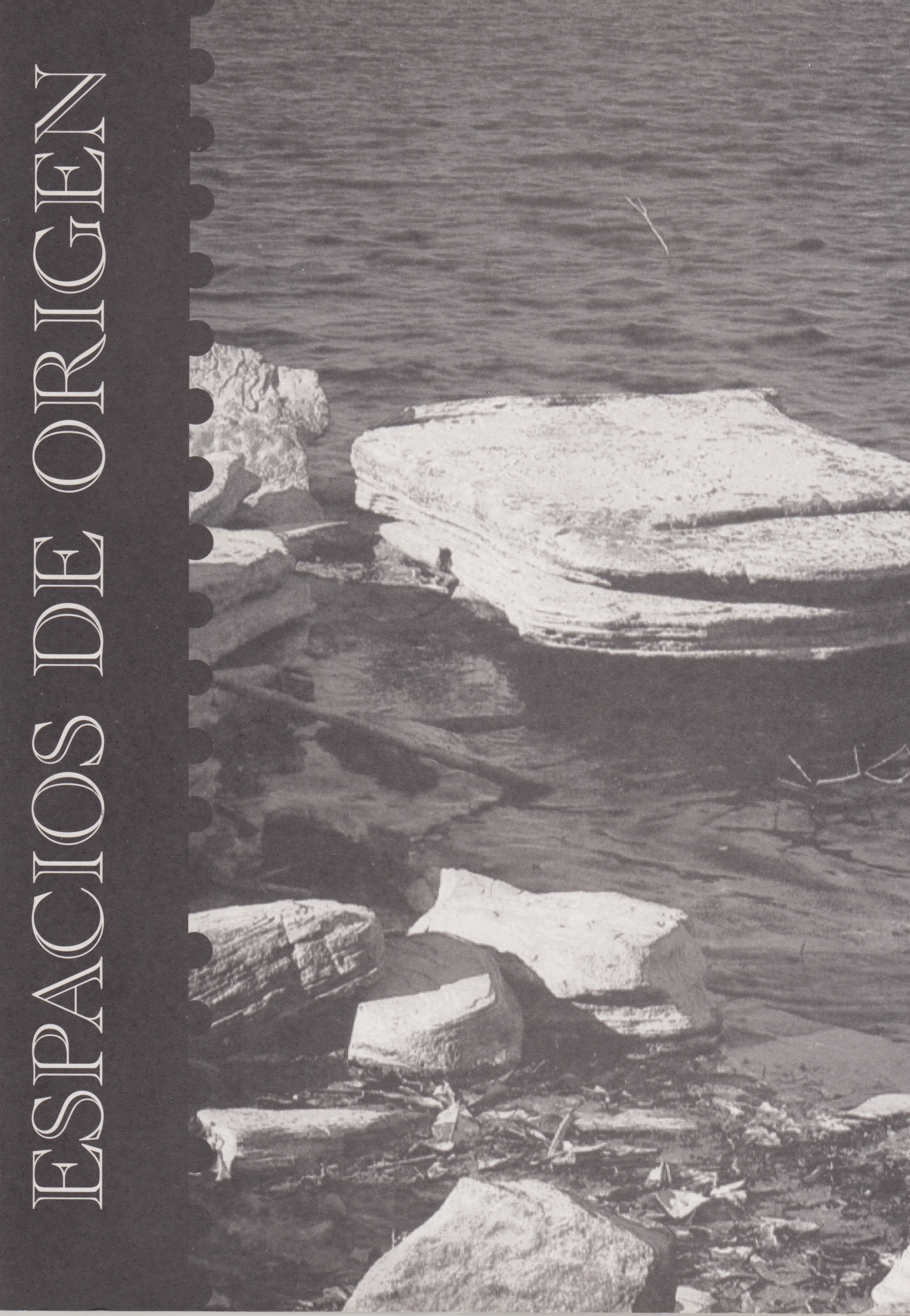WITH NEWCOMER’S EYES:
Coming recently to Aachen and the Dekanat from my country, many things,
specially ancient ones, stroke my eye. Namely, the ever present mention to
the figure of Carlomagno. Also the unique native art, contemporary or not to
his time, the likes of which are only known at Spain at much later times than
those of his.
As a sculptor I started looking at the images inside churches and this project
originated when I couldn’t help but wonder how’d they have looked like at
that time.
IN THE PUBLIC EYE:
These works of art were thought for displaying at the public arena, before the
`grand ́ public.
Unlike those of a museum they aren’t comparably lit up and they remain at a
scenery, usually at a high up viewpoint, they were devised for. They bear
witness of themes and models transmitted locally, at the sculptors’
workshops, from masters to apprentices throughout the centuries, remaining
constant and conforming an uninterrupted tradition throughout millennia.
The quality of the work I undertake at the churches and present at this
exhibition is that of reporting what I there undisturbed ’in situ’ find.
TURNING A BLIND EYE:
There’s a disadvantage for sculpture in an era of endless reproducibility.
Photography seems not to fully portray the actual magnitude of a work of
sculpture. In that regard, when reproducing sculpture on paper, there seems
to be a lack of immediacy when comparing it to a reproduction of a painting.
Visiting the different areas of the Dekanat I heard of reports on how war and
abuse through past and not so past times affected these sculptures, how
they were stored away during W.W.II to protect them from allied bombings.
Thus I came to realize there were not always optimal circumstances as
today’s for these artworks.
With Newcomer's Eyes

Provocation on Art
Series of lectures, starting “Provocation (challengers), the beginning of the Avant-garde”, followed by “Art as an excuse against bourgeois morals” and ending with “Provocation aims and Avant-garde´s end” given at Ateneo de Madrid in Spain between February and April 2015. Object development and influence in art after firstly defined as readymade on the early nineteen hundreds by french artist Marcel Duchamp (Blainville-Crevon 1887- Neuilly sur Seine 1968).

Ten Sculptors at Saint Catalina
Exhibition “Ten Sculptors“ at Saint Catalina Gallery Madrid. February 2010. Several media and news press published reports on exhibition “Ten Sculptors at Saint Catalina Gallery”, 10 Santa Catalina St. Madrid. Spain at above written date. Exhibition including such artists as Alberto Bañuelos, Diego Canogar, Mar Solís, Luis Jaime Martínez del Río and others, organized by Ateneo de Madrid Fine Arts Department after a selection of artists of 20 years non-stop monthly exhibiting at the gallery.

Bars and stars
Exhibition “Bars and stars” at the Santa Catalina Gallery, Madrid, Spain on April 2003. Published reports on press for the solo exhibition held at the Santa Catalina Gallery on above mentioned dates. The writing published states “ Cente Crespo´s works come from an idea that materializes, described through a process of sculpting. Process built around sculpting concepts the artist uses allowing him to work paper, a material traditionally brush-work related, its outline, own colour and tonality. The sculptor works in the two dimensions paper and colour, material which is rather linked, although non-exclusively, to other artistic disciplines, like painting.”


